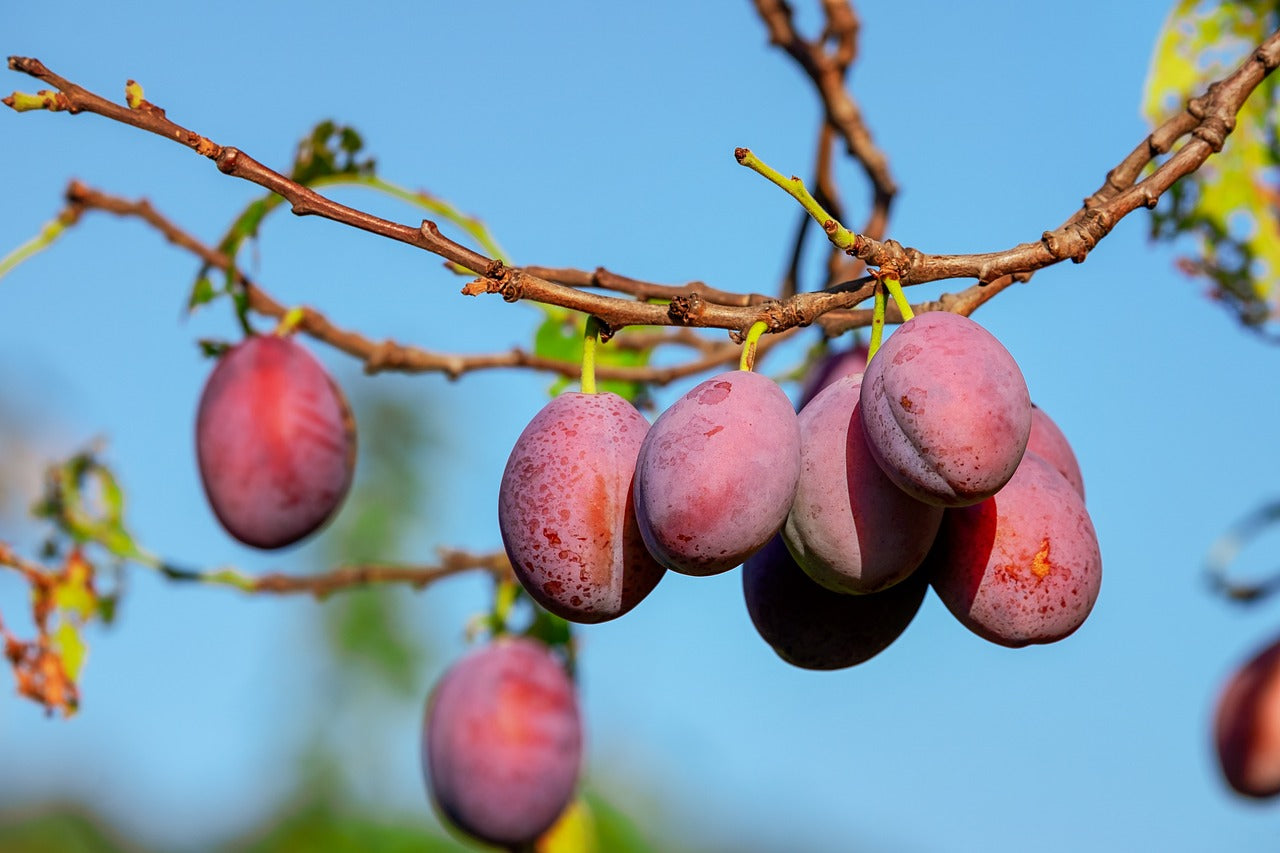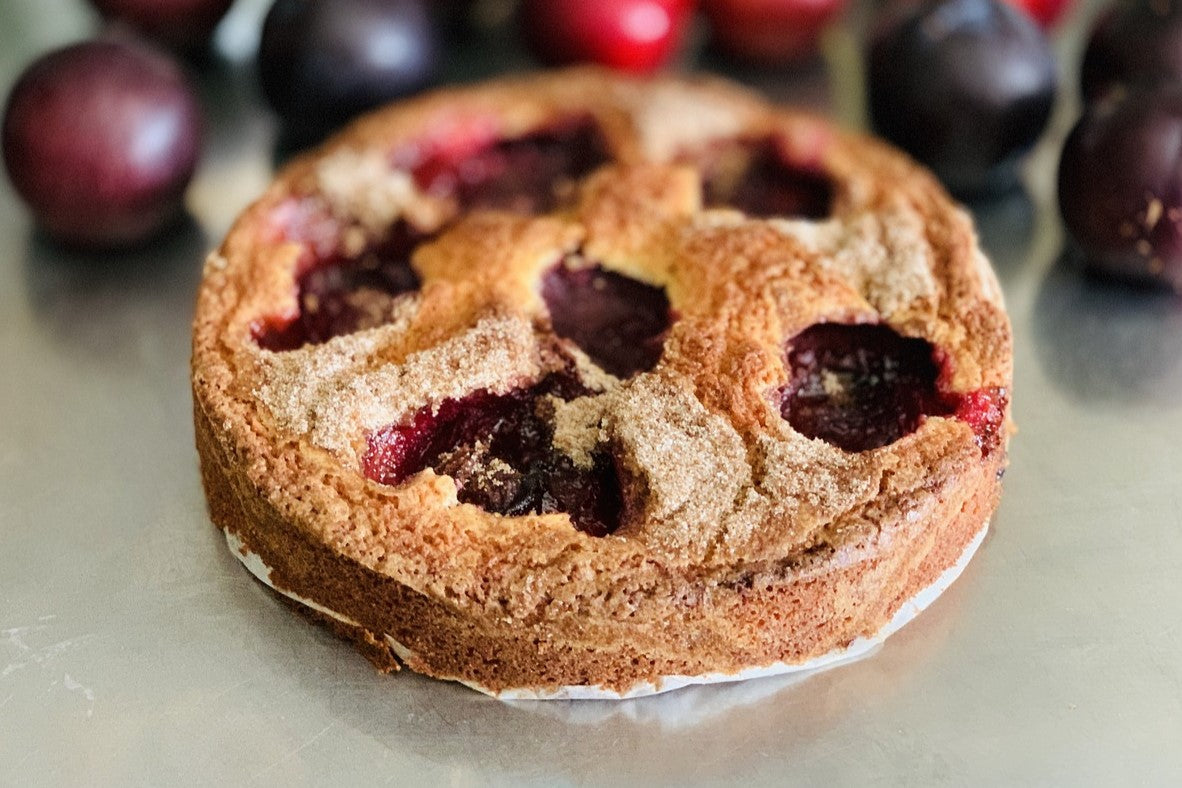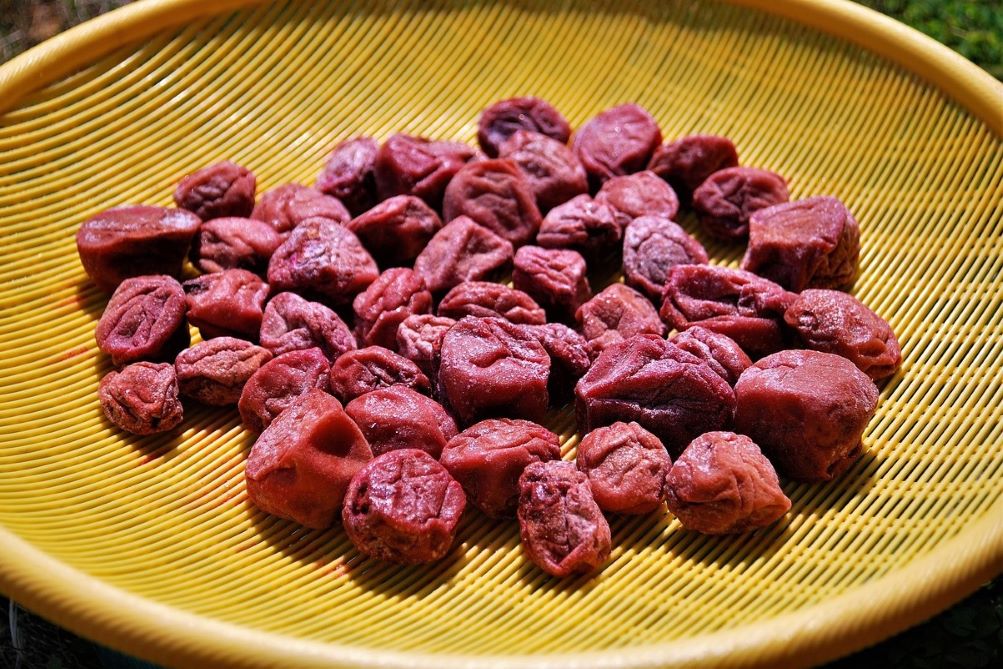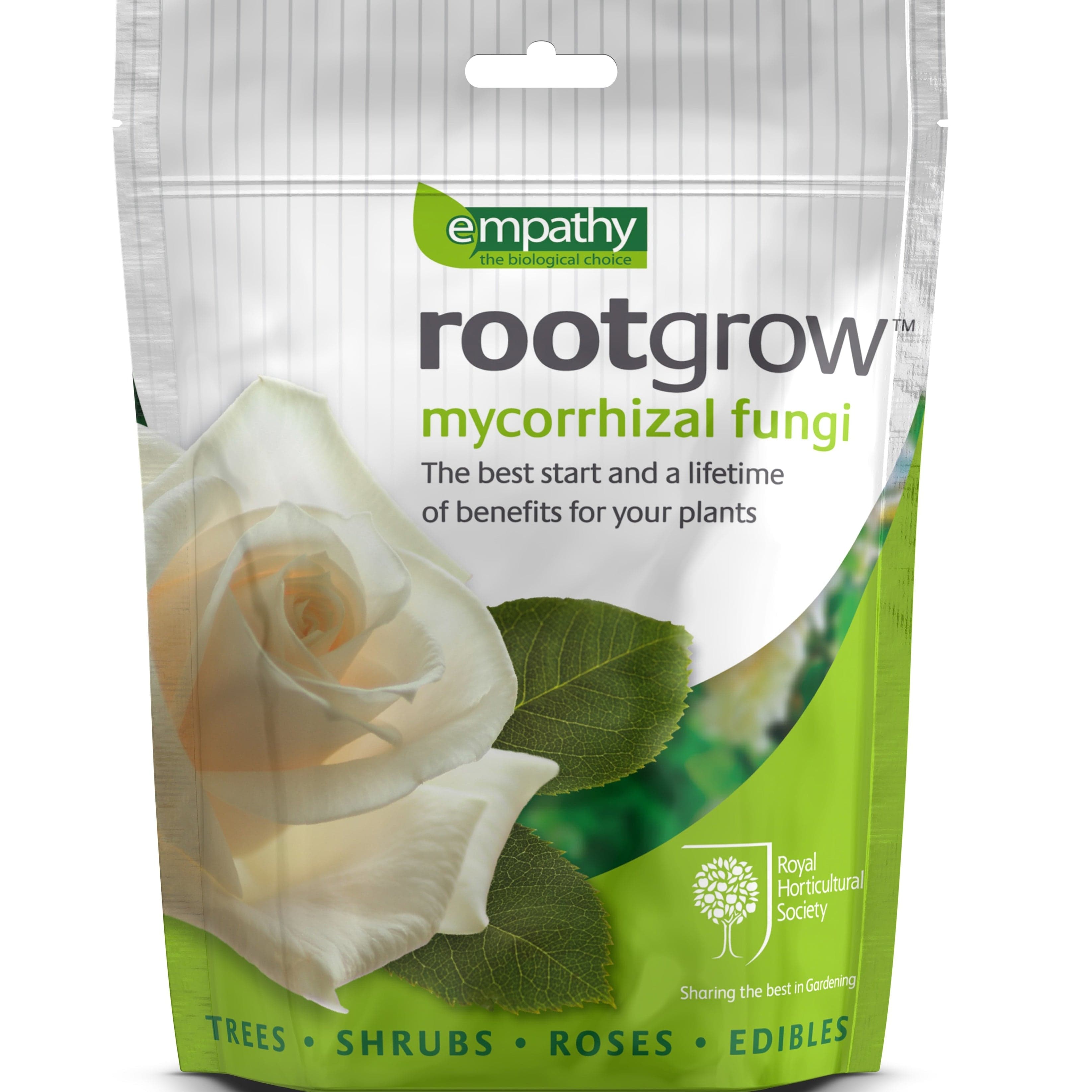How to Store Plums and Use Up Your Crop

Plum trees are extremely reliable and heavy cropping trees, so they’re the ideal choice for beginners. In fact you may have the opposite problem to most fruit growers, in that your tree produces more fruit than you can eat!
It’s not a bad problem to have, but what do you do with too many plums? Fresh plums will keep for up to five days in the fridge, and of course they’re perfect for making delicious desserts and drinks - check out our favourite plum recipes below.
If you’re still overrun after that, we’ll show you how to store plums and enjoy your fruit throughout the year.
Plum trees vary in their harvest times between July and September, with each variety being classed as early (late July to early August) mid (mid August to the end of August) or late season (September). This can be vital information when planning your summer holiday, so you don’t miss out on your plum crop.
Jump to:
- When do plums ripen?
- Harvesting plums
- What to do with overripe plums
- Plum recipes
- Storing plums
- Plum preserves
When do plums ripen?
It’s best to leave your plums to ripen on the tree - they just taste better! When the plums turn red/purple/blue (depending on variety) then they’re probably ready. Give them a gentle squeeze if you’re not sure - they should give a little when pressed whereas unripe plums feel hard to the touch.

What's the best way to harvest plums?
Pick your fruit carefully and gather it in a shallow basket or container to avoid bruising it. Check your tree every few days for newly ripened fruits and harvest before the plums get too soft. If any overripe plums fall on the ground, remove them quickly as they can attract wasps.

What to do with overripe plums
If your plums are a bit on the squishy side, you can probably still save them from the compost! Cut out any bruised or grim looking bits, and chop them in half to check for any mould or insects.
Unless your overripe plums smell sour or vinegary, they’re good to use up in crumbles, sauces, jam or smoothies. In fact they might be even better for sweet dishes, as a plum’s sugar content increases with ripeness.

Plum recipes
Plums make wonderful crumbles and pies - just stew them with sugar and go baking crazy. For something a bit different, why not try one of these recipes?
Plum frangipane tart
You will need:
- A roll of ready made puff pastry
- 9 plums (underripe are fine!) stoned and cut into quarters
- 1 tbsp apricot jam
- 200g softened butter
- 150g caster sugar
- 250g ground almonds
- 100g plain flour
- 3 eggs
To make the frangipan filling, cream the butter and sugar, add the ground nuts and flour then add the eggs one at a time. Stir well.
On a floured surface, roll your puff pastry into a circle and use it to line the base and sides of a greased 25cm quiche or cake tin. Trim the edges.
To assemble your tart, spread the frangipan mix over the pastry base and top with the plum quarters.
Bake at 300F/150c/GM2 for approx 35-45 minutes or until the frangipan has risen up around the plums and looks solid. Warm the jam and brush it over the top of the plums, then leave to cool.

Plum gin
You will need:
- 500g plums
- 100g caster sugar
- 500ml gin
Firstly, prick the plums with a fork and cut them in half without removing the stones. Put them in a large, sterilised jar with a lid.
Add the sugar and gin, then replace the lid and shake to mix everything together. The gin should completely cover the plums.
Keep it in a cool, dark place for four weeks, then strain the liquid into a sterilised bottle through a funnel lined with a muslin cloth.
Your gin is now ready to drink!
Don’t throw away the plums - you can re-use them for baking.
Too many to use now? Here's how to store plums
Freezing plums
Wash and dry the plums gently, then cut them in half to remove the stones. From here you can freeze them whole or slice them first, which makes them easier to use. Lay out your plum slices on a baking tray and put them in the freezer. When they’re frozen you can remove them from the tray and put them in a container, then replace them in the freezer - they shouldn’t stick together so you can use what you need each time. Plums will keep in the freezer for around six months.
Drying plums
Dried plums are called prunes, and make a great topping for porridge and muesli as well as being useful in baking. If you have a food dehydrator then drying your plum crop is easy, but you can also use your oven. The process does take around eight hours, so make sure you have enough fruit to fill the oven.
After washing, drying and stoning your plums, heat your oven to 200F/100c/GM1/4.
Lay out the plums on a baking rack or grill rack and check them regularly to see if they’ve reached the level of dryness you want. Dried plums can be stored in an airtight container for up to two months or in the freezer for up to six months.

Plum preserves
Plums make a lovely jam - or for something different, why not try plum chutney?
Plum jam
The good thing about plums is that they are relatively high in pectin so you don’t need to use special jam sugar. First, put a small plate in the freezer. Then chop up 1kg of plums and add them to a large pan with the juice of one lemon. Bring to the boil and add 1kg of caster sugar, stirring constantly until it dissolves. Bring the mixture to the boil and keep it there for around five minutes. Take the plate out of the freezer and drop a teaspoon of jam onto it. If the surface wrinkles when you touch it, it’s ready. If not, boil it for longer and keep testing until the jam is done. Let the mixture cool slightly before pouring into sterilised jars.

Plum chutney
You will need:
- 1kg of washed, stoned and chopped plums
- 2 onions, finely chopped
- 1tbsp grated root ginger
- 1tsp cinnamon
- ½ tsp nutmeg
- 600ml white wine vinegar
- 400g sugar
In a large pan, place the plums, onion, spices, ginger and vinegar and bring to the boil. Then reduce the heat and simmer, stirring occasionally for 10-15 minutes until the plums are cooked.
Now add the sugar and stir until it’s dissolved. Boil the mixture again for 20-30 minutes this time and keep stirring. The chutney should become thicker.
Spoon it into sterilised jars and cover them with airtight vinegar-proof covers. Keep it in a cool, dry place for two weeks to allow the flavours to develop. Your chutney will keep in the jars for months or even years.
If you still have leftover plums after all that - lucky you! Try swapping with your neighbours or find a local edible exchange project where people will be delighted to take them off your hands in return for their excess beans, apples or courgettes.














